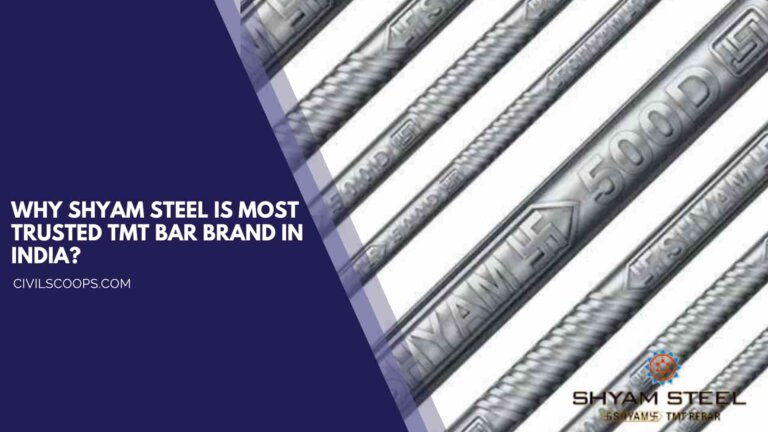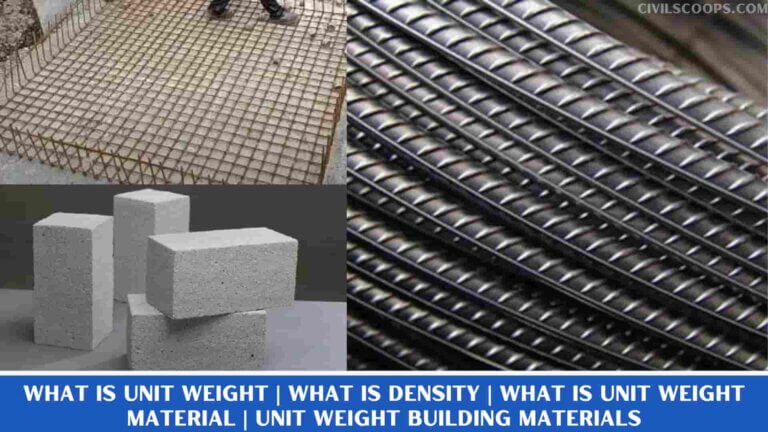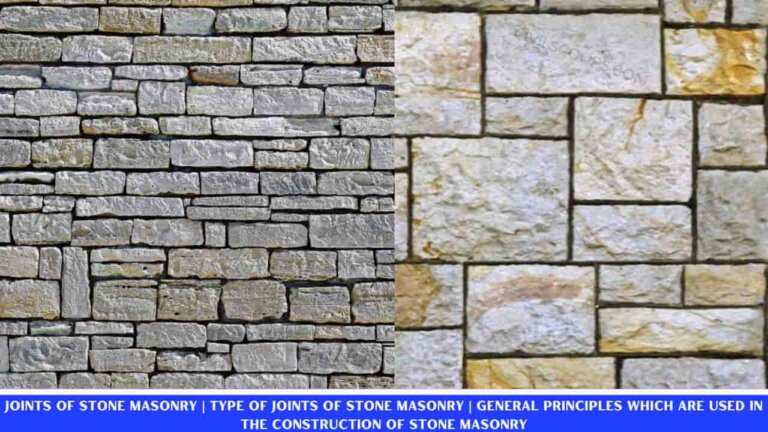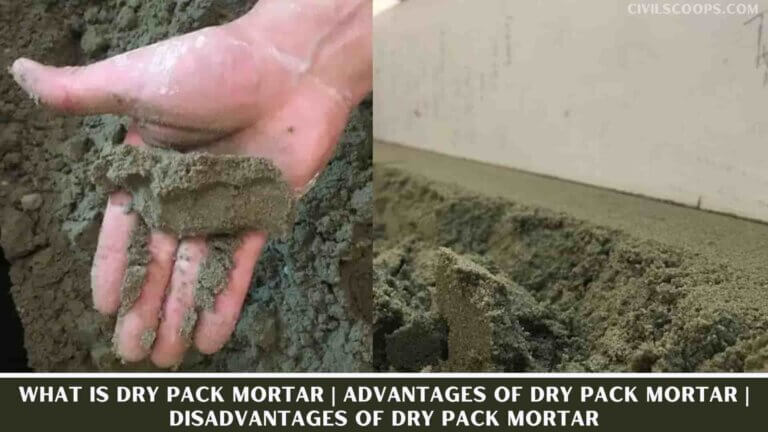Steel Is Most Trusted TMT Bar in India?
Introduction of Shyam Steel Industries Ltd. Shyam Steel Industries Ltd started its journey in 1953 with a small factory in Howrah, West Bengal which is now one of the leading TMT Bar Manufacturers & Supplier in India. Shriram Beriwal, the founder-director of Shyam Steel always dreamt of contributing to the greater good of our society….










